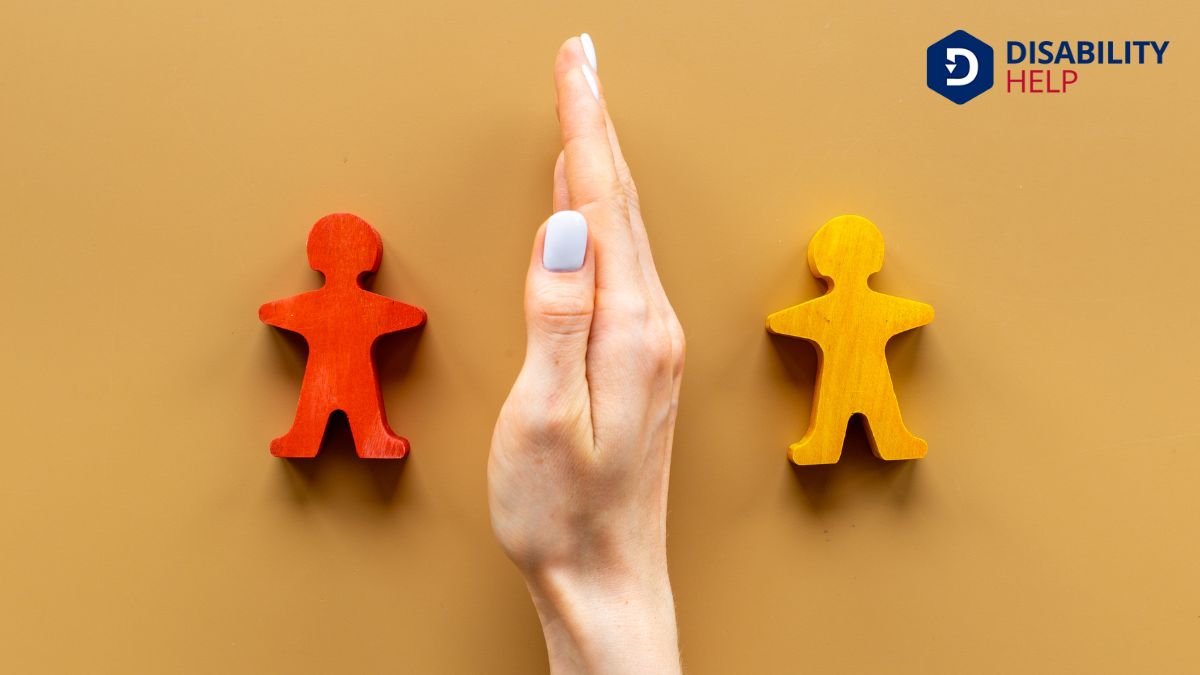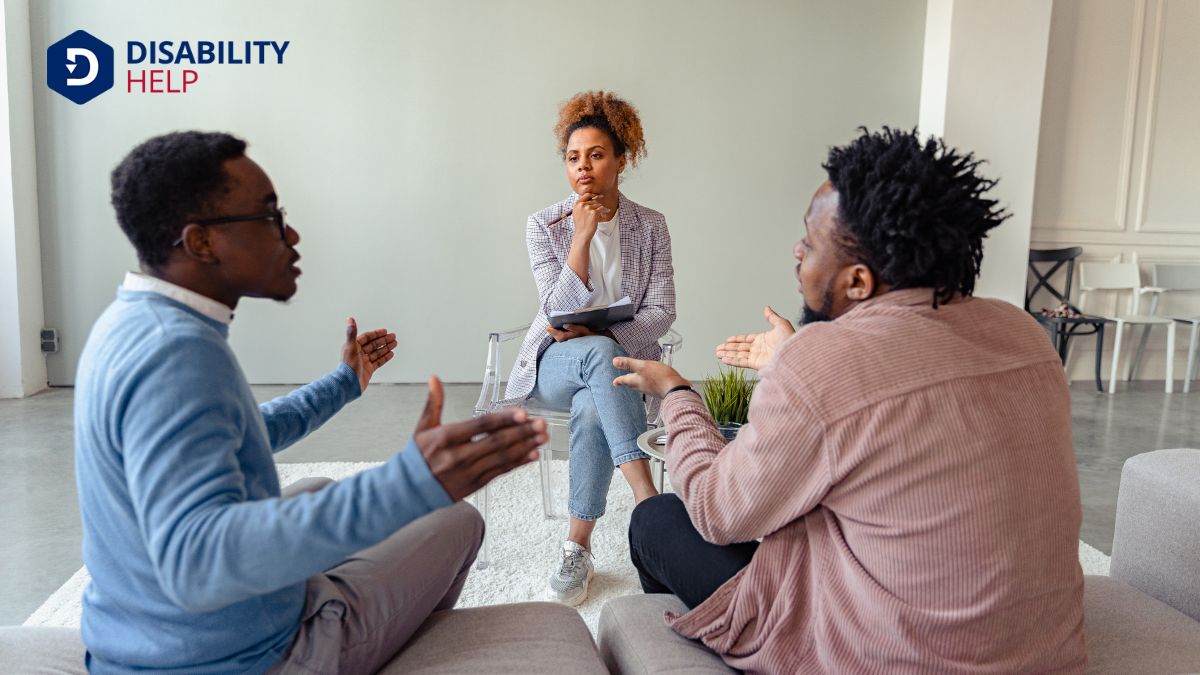During mediation, we can anticipate a structured process where a neutral mediator guides our discussions. Each of us will have the opportunity to share our perspectives and express our concerns in a respectful environment. Active listening and open communication will be key as we work to understand each other's needs. With the mediator's support, we'll explore solutions collaboratively. But how do we navigate sensitive topics and maintain confidentiality throughout? Let's explore further.
Key Takeaways
- A mediator will facilitate communication and guide the process neutrally toward mutually agreeable solutions.
- Expect to participate actively, listening and communicating openly to express needs and concerns respectfully.
- The session will include opening statements, joint discussions, and possibly private caucuses for confidential matters.
- Confidentiality is crucial, ensuring discussions remain private and encouraging honest communication.
- The goal is to collaboratively find solutions that respect all parties' interests and foster growth.
Understanding the Role of the Mediator

When we step into mediation, it’s crucial to grasp the mediator's role. They're not there to decide who's right or wrong but to guide us toward a mutually agreeable solution.
Mediators facilitate communication, ensuring everyone’s voice is heard. They help us clarify issues, identify interests, and explore possible solutions. By maintaining neutrality, they create a safe environment where we can openly discuss our concerns and aspirations.
Mediators ask questions to help us think critically about our positions, encouraging collaboration rather than confrontation. They keep us focused on the future, not past grievances.
Their expertise in conflict resolution assists in finding common ground. When we grasp their role, we can better appreciate the mediation process and contribute constructively.
The Participants' Responsibilities
During mediation, we must focus on our responsibilities, starting with honing our active listening skills.
By truly hearing each other's perspectives, we foster a collaborative environment.
Let's also guarantee we maintain open communication channels, which are essential for resolving conflicts effectively.
Active Listening Skills
While participating in mediation, we must hone our active listening skills to truly understand each other's perspectives. It's essential to focus entirely on what the other party is saying without planning our response while they're speaking. By doing so, we show respect and openness, laying the groundwork for effective communication.
We should aim to capture the essence of their message, reflecting it back to them to confirm our understanding. This approach helps us avoid misunderstandings and assumptions.
Moreover, we should maintain eye contact and use body language that conveys attentiveness. Small acknowledgments, like nodding or brief verbal affirmations, can encourage the speaker.
Our goal is to create a space where everyone feels heard and valued, fostering a collaborative environment conducive to resolving conflicts.
Open Communication Channels
To foster a productive mediation process, opening communication channels is essential and falls on us, the participants, to guarantee it's done effectively.
We need to be open, honest, and willing to share our perspectives. Transparency helps us build trust, which is important for finding common ground. It's significant to express our needs and concerns clearly and respectfully, ensuring everyone feels heard and valued.
We should ask questions when we need clarification, avoiding assumptions that could lead to misunderstandings.
Being receptive to others' viewpoints is just as important as voicing our own. By actively engaging in dialogue, we encourage a collaborative environment.
This cooperation can lead to creative solutions that address the interests of all parties involved, making mediation more successful for everyone.
Structure and Flow of Mediation Sessions
As we step into the structure and flow of mediation sessions, we’ll explore the typical stages these meetings follow and how each participant's role is clearly defined.
Understanding the sequence helps us appreciate how mediations move from introductions to resolutions.
Mediation Session Stages
Mediation sessions typically unfold in a series of structured stages, each designed to facilitate open communication and negotiation.
Together, we can navigate these phases to reach a resolution. Here’s what to expect:
- Opening Statements: We’ll start with the mediator explaining the process and setting ground rules. Each party then shares their perspective without interruption to lay the groundwork for understanding.
- Joint Discussion: We engage in a conversation where parties express concerns and interests, guided by the mediator to encourage productive dialogue.
- Private Caucuses: We may have separate meetings with the mediator to discuss sensitive issues or explore settlement options confidentially.
- Negotiation and Agreement: We work towards mutually acceptable solutions, with the mediator facilitating compromise and ensuring everyone’s interests are considered.
Let’s remain open and cooperative throughout.
Participant Roles Defined
Each participant in a mediation session plays a critical role in steering the process toward a successful resolution.
We, as parties involved, have the responsibility to communicate openly and honestly, sharing our perspectives and concerns.
The mediator, acting as a neutral facilitator, guides us by setting the agenda, ensuring balanced participation, and maintaining a respectful environment.
They don’t make decisions for us but help identify options and find common ground.
Attorneys, if present, advise us on legal aspects, ensuring our interests are protected without dominating the dialogue.
Other support people, like interpreters or advisors, can provide additional assistance.
Together, we all contribute to a collaborative setting where mutual understanding and agreement become achievable goals.
Let’s embrace these roles for a positive outcome.
Preparing for a Productive Mediation
Before we plunge into mediation, we must gear up to make the process as smooth and effective as possible. Preparation is key, and it empowers us to approach mediation with confidence and clarity.
Here are some essential steps to take into account:
- Identify Interests: Let’s pinpoint what truly matters to us and prioritize these interests over rigid positions. This will help us remain flexible and open to solutions.
- Gather Information: We should collect relevant documents and data that support our case. Having facts at hand can clarify misunderstandings and provide a solid foundation.
- Set Goals: It’s vital to define clear, achievable goals. Knowing what we aim to accomplish will guide our decision-making.
- Plan Strategies: We need to think about potential strategies and outcomes, preparing ourselves for different scenarios.
With this preparation, we’re ready to embrace mediation.
Communication Techniques for Effective Dialogue
While good preparation lays the groundwork, successful mediation hinges on effective communication techniques that facilitate open dialogue.
Let's focus on active listening. By truly hearing each other, we can understand underlying concerns and foster a collaborative atmosphere. It's essential to ask open-ended questions, encouraging deeper insights and solutions. These questions allow participants to express themselves more fully, paving the way for mutual understanding.
Using "I" statements can help us express our feelings without blaming others. They reduce defensiveness and promote a respectful tone.
Let's also be mindful of our non-verbal cues—body language and eye contact convey empathyThe ability to understand and share the feelings of another, particularly important in understanding... and engagement. By staying present and patient, we create a space where everyone feels heard, valued, and ready to work toward a resolution.
Confidentiality and Its Importance in Mediation
In mediation, confidentiality serves as a cornerstone that guarantees participants can speak freely without fear of repercussions.
We recognize that discussing personal or sensitive issues requires trust.
Here's why confidentiality is essential:
- Open Communication: Knowing our words won't be shared elsewhere encourages honest dialogue.
- Protection of Privacy: Details of our discussion remain private, creating a safe space for all parties.
- Facilitates Resolution: When we're honest, it helps us identify real issues, leading to effective solutions.
- Legal Safety Net: Confidentiality often shields us from legal risks, as shared information generally stays within the mediation context.
Navigating Challenges and Finding Resolutions

Mediation thrives on the foundation of confidentiality, but it's not without its challenges. As we navigate through the process, we might encounter emotional barriers or communication breakdowns. These obstacles can make it tough to see a clear path to resolution. However, it's essential to stay open-minded and patient.
We should remember that the mediator is there to guide us and help untangle any misunderstandings. They're skilled in fostering dialogue and helping each party express their needs and concerns. By actively listening and engaging in honest discussions, we can address issues head-on.
Finding a resolution requires collaboration and compromise. We should focus on shared goals rather than differences, aiming for solutions that respect everyone's interests.
Together, we can turn challenges into opportunities for growth and agreement.
Conclusion
In mediation, we should expect a collaborative process where everyone’s voice is heard and respected. By understanding the mediator's role and our responsibilities, we can engage in meaningful dialogue, explore solutions, and address challenges together. Let’s prepare by honing our communication skills and embracing confidentiality to foster a trusting environment. Ultimately, our goal is to reach a resolution that satisfies all parties involved. With open minds and a willingness to listen, we can achieve a successful outcome.






